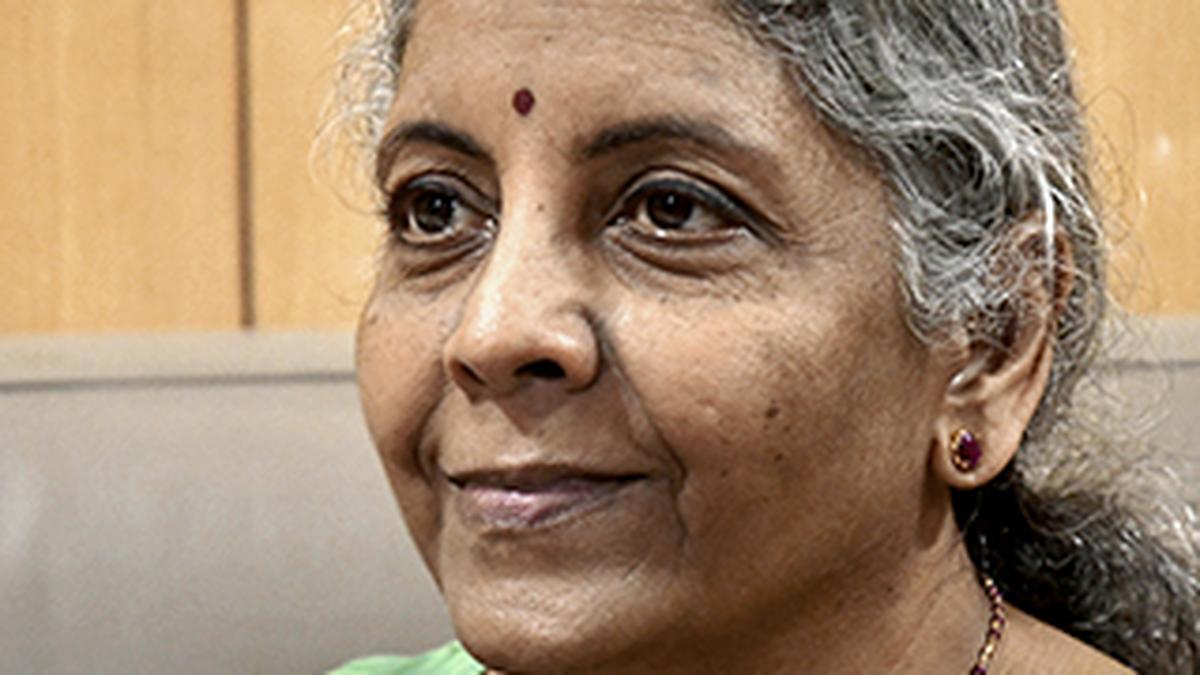In this episode of businessline’s State of the Economy yearend podcast on the telecom sector, S Ronendra Singh speaks to Lt. Gen. Dr. SP Kochhar, Director General of the Cellular Operators Association of India (COAI), on the performance and challenges of India’s telecom industry in 2024, as well as its outlook for 2025.
Kochhar highlights how telecom has become a foundational industry supporting all sectors. “This year has shown that the telecom industry is the foundational industry, and it is emerging as a supreme foundational industry with every other industry now relying on telecom. Therefore, it has become a horizontal rather than remaining a vertical,” says Kochhar.
While the rapid rollout of 5G has been a major achievement, Kochhar also addresses the challenges that still lie ahead, such as spectrum shortages, the slow implementation of telecom regulations, and revenue losses due to policy constraints. He points out, “The Telecom Act has been enacted, the rules have been pronounced, but the adaptation of these rules by all concerned is a little bit slow.” Despite these hurdles, Kochhar remains optimistic about the future, noting that the sector has made significant strides, and he expects positive developments moving forward.
One critical issue Kochhar highlights is the need for more spectrum to ensure effective 5G rollout. “Scientifically, it has been proven that in India we require 2 gigahertz of spectrum in the mid band to roll out effective 5G networks. Unfortunately, we have got just about 800 megahertz of spectrum, which gives us a deficit of about 1200 megahertz. That is something going forward that will cause a lot of problems,” he explains. He also emphasises the need for improved fibre infrastructure to support network expansion.
As the conversation shifts to the potential of 5G in rural and industrial areas, Kochhar sees a transformative role for non-standalone 5G networks, especially in rural areas. “Lower frequencies using 5G… which is almost 100 times more aggregation,” Kochhar explains, pointing out that this would enable quicker, more cost-effective rollouts to underserved regions. He also delves into the role of AI in the telecom sector, discussing its potential to enhance network management and foster new business models. “AI reduces time and increases the area of operations with least cost overlays, and AI comes in two flavours. One is embedded in, the second is generative AI. Embedded AI is coming into the networks in a very large way because the networks are getting increasingly defined by software,” says Kochhar.
Finally, Kochhar discusses India’s role in the development of 6G. He highlights the country’s proactive approach to 6G standards, use cases, and manufacturing. “The way India is proceeding scientifically and with a mission, I think it’ll happen. India has already laid down a 6G roadmap… India may be one of the few territories where 6G will get germinated and then it’ll take off,” he says confidently, positioning India as a key player in global telecom advancements.
(Host: S Ronendra Singh, Producer: Siddharth Mathew Cherian)
About the State of the Economy podcast
India’s economy has been hailed as a bright spot amid the general gloom that seems to have enveloped the rest of the world. But several sectors continue to stutter even as others seem set to fire on all cylinders.








Leave a Comment